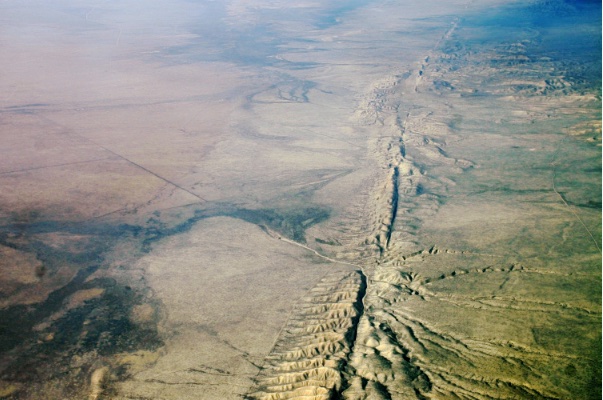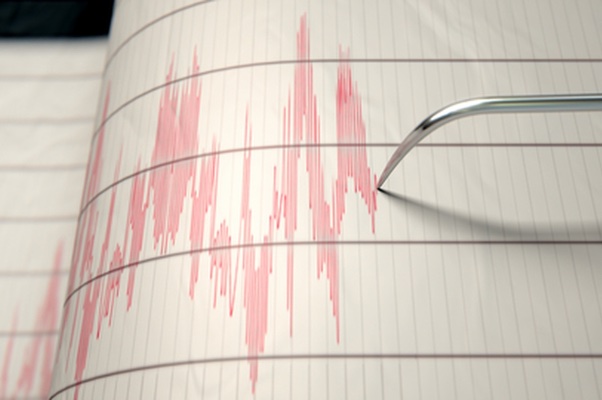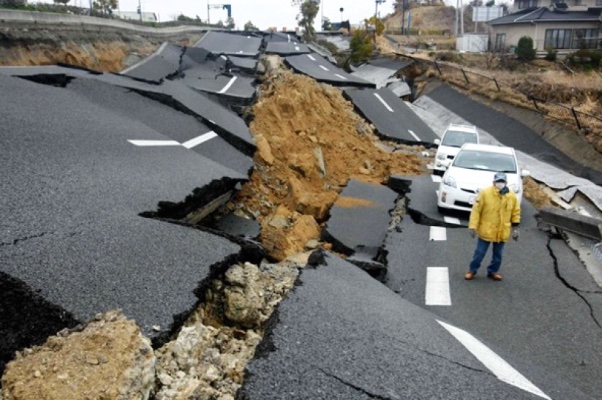ANTONIO LÓPEZ | Tungsteno
In the summer of 2020, a chain of small earthquakes shook the state of California reaching the highest intensity levels recorded in the last 20 years, seismic behaviour that scientists interpret as an early warning of the next "Big One", an earthquake with devastating potential that (sooner or later) is certain to take place on the San Andreas Fault (California). Swarms of tremors such as these, which occur in close succession, have historically resulted in a major earthquake on this fault, as explained in a study led by Katherine M. Scharer, a geologist with the United States Geological Survey (USGS).
In the last decade, there have been more than 1,700 seismic movements, which have resulted in more than 350,000 fatalities worldwide, according to USGS data. For Ramón Zúñiga, a researcher at the UNAM Geoscience Centre, the lack of information about what happens at the epicentre of an earthquake is the key to understanding why we are unable to predict them. According to The New York Times, some of the most destructive earthquakes in recent decades, such as those in China in 2008, Haiti in 2010 and Japan in 2011, for example, occurred in areas that had been considered relatively safe on seismic hazard maps. The possibilities offered by mass data analysis made possible by artificial intelligence-derived technologies suggests to scientists that perhaps with the information they provide, we will finally be able to better understand earthquakes and anticipate their behaviour, as well as provide earlier and more accurate warnings.

The increase in seismic activity warns of the proximity of Big One, the great devastating earthquake that will hit California at any moment. Credit: Wikimedia Commons.
Neural networks to understand earthquakes
Neural networks work like a complex mathematical system that can learn by itself. They are composed of a series of nodes that transmit signals, taking their inspiration from the functioning of the human brain. Seismic data about the magnitude, timing and aftershocks of an earthquake analysed by these neural networks can reveal to scientists seismic patterns that would not be visible without that large-scale perspective enabled by artificial intelligence. An example of experiments in this line of research is the work of Brendan Meade, professor of Earth and Planetary Sciences at Harvard. In an article published with two students, he says that they have managed to train a neural network to complete a seismic analysis 500 times faster than before. What used to take months or even years to analyse can now be completed in a matter of hours or minutes. These analyses allow researchers to see in detail what happens before, during and after an earthquake, helping them to grasp the underlying patterns of the physics behind these phenomena.
One option that goes even further is to use these analyses to provide earthquake alerts to the public directly via their smart phones. This is the option proposed by the new Google feature for Android smartphones in California. With the help of 700 seismographs installed across the state, the tech giant can send notifications to users seconds before an earthquake occurs.

Massive data analysis, thanks to neural networks, allows us to establish patterns to understand what happens before, during and after an earthquake. Credit: Inked Pixels.
Listening to the ocean to predict extreme events
Another tool to predict when earthquakes will occur would literally be floating in the ocean. Scientists at the University of South Florida have developed a high-precision buoy to monitor shallow waters, where they can detect small movements on the seabed that are often precursors to earthquakes. This marine geodesy system uses a high-precision GPS and a compass that determines the buoy's orientation.
In parallel, in addition to learning about the phenomenon of earthquakes, applying AI to seismology could also reveal valuable information about climate change. The acoustic waves generated by quakes could be used to measure the temperature of the ocean, according to a novel approach to oceanic observation recently published in the journal Science. This method, called seismic ocean thermometry, opens up the possibility of uncovering a new layer of information to understand what is happening on our planet because of climate change.
Since the oceans absorb more than 90% of the energy trapped on Earth by greenhouse gases, this new method would substantially improve our ability to "take the temperature" of the marine environment and make more accurate estimates of how the warming of the waters will affect their ecosystems. Although we may not yet be able to predict earthquakes, seismic movements may help us anticipate the effects of another devastating phenomenon: climate change.
· — —
Tungsteno is a journalism laboratory to scan the essence of innovation. Devised by Materia Publicaciones Científicas for Sacyr’s blog.
